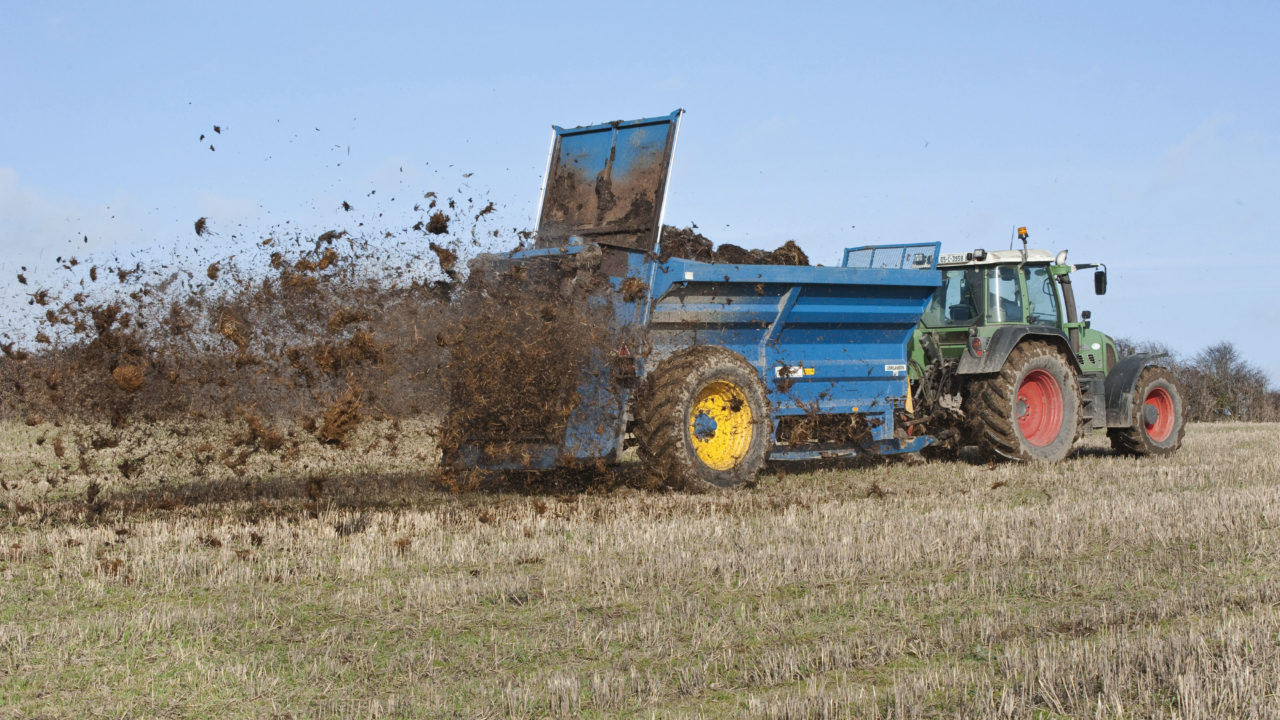Due to the key role of both sulphur and nitrogen in the synthesis of proteins, the supply of these plant nutrients is highly inter-related.
Studies have shown that one nutrient will accumulate in plants when the other is deficient.
But when this deficiency is corrected, the accumulated nutrient is then used in protein synthesis.
In reality, a shortage in the availability of sulphur will reduce the efficiency of nitrogen use.
With the availability of nitrogen sulphur grades is likely to be limited for the 2022/23 growing season, this brings into focus the strategy for ensuring tillage and grass crops receive enough sulphur.
Sulphur and nitrogen
Where ammonium sulphate-based products have been used previously, but are not available or limited, alternative sulphur options will need to be considered.
The options for this include solid organic materials, such as farmyard manure and bio-solids.
They contain significant amounts of sulphur. But they are slow release sources of crop nutrition. This is because the organic sulphur must be mineralised to sulphate so the plant can take it up.
This takes several months and warmth, so the likes of farmyard manure needs to be applied in the autumn, despite a small amount potentially being lost through leaching of the sulphate over the winter.
Liquid organic materials, such as slurries and poultry manure, are also valuable sources of sulphur. These materials supply available sulphur much more quickly and should be applied early in the year.
This is because autumn applications are very susceptible to leaching of the sulphate over the winter.
Trials have confirmed that between 5% and 10% of the sulphur contained in autumn applied farmyard manure is crop-available the next spring. This figure rises to 20%, where bio-solids are concerned.
Up to 60% of the sulphur contained in poultry manures is available to crops, if applied in the spring.
Elemental sulphur fertilisers are also available. However these need to convert to the sulphate form to become crop available.
Again, they need more time to be effective and must be applied well in advance, such as the previous autumn.
There is an inevitable risk that a significant amount of the sulphur is mineralised to sulphate in the autumn, and this may be lost by leaching, over the winter.
Included in this category are potash/sulphur/magnesium fertilisers, such as Polysulphate and PotashpluS.
Polyhalite is a complex sulphate molecule, with progressive release characteristics that can be applied straight or incorporated in compound fertilisers.

